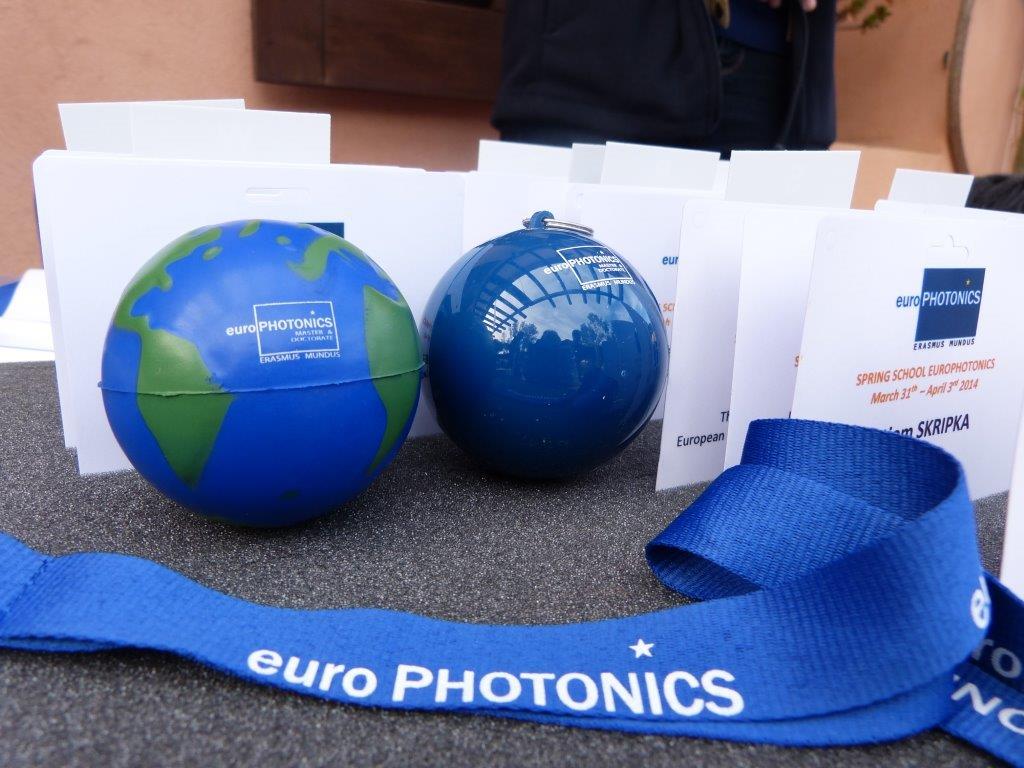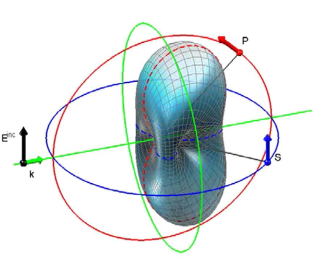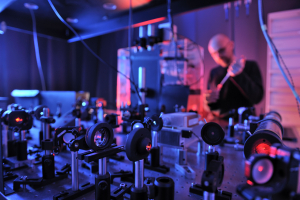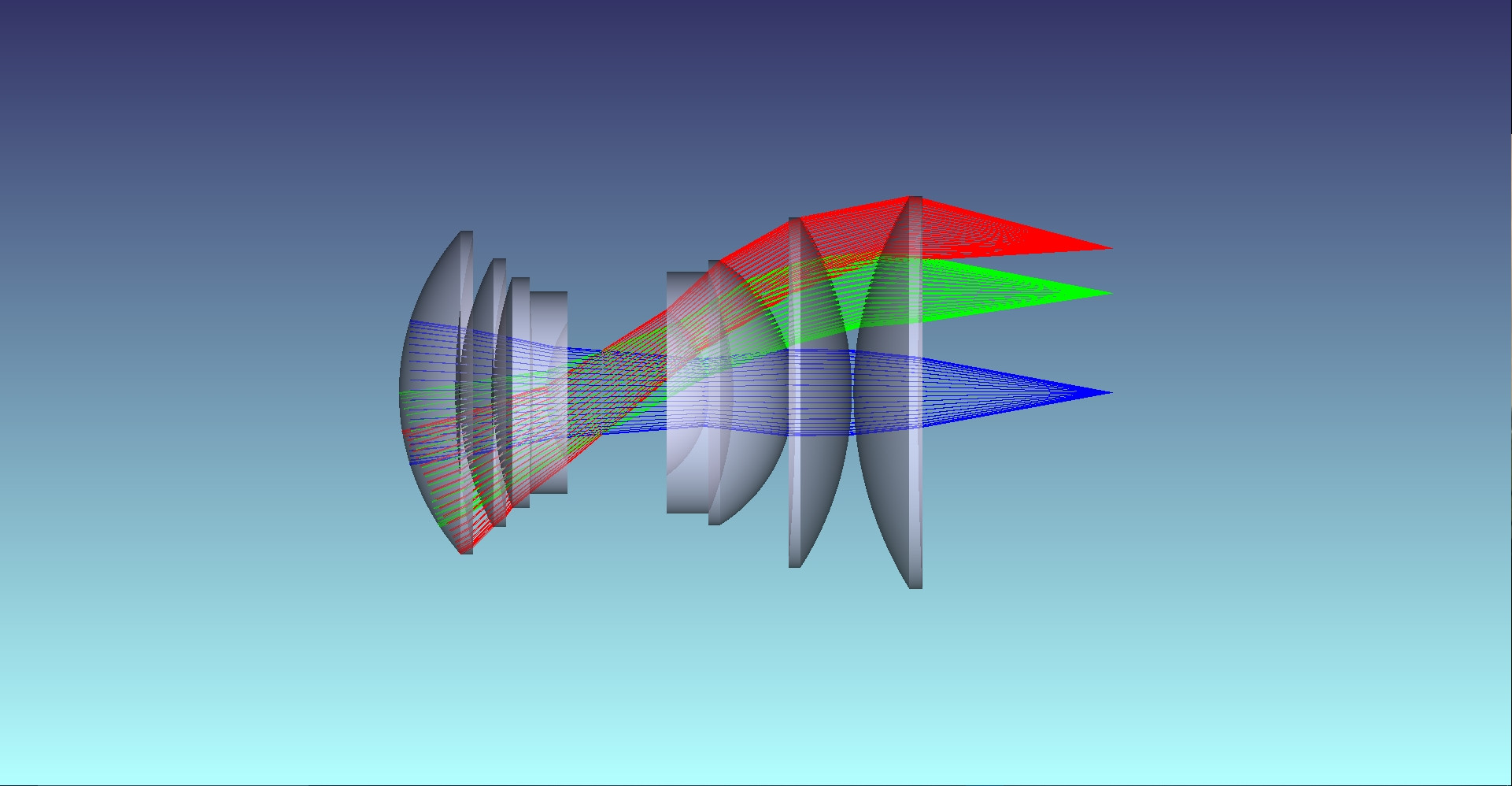- 선생님: BRASSELET Sophie
- 선생님: CHAIGNE Thomas pierre ma
- 선생님: FADE Julien
- 선생님: LITMAN Amelie

This course is a lecture about light and lasers, providing comprehensive description of the physics underlying the operation of lasers.
After introducing the main physical processes responsible for light emission, this lecture develops a comprehensive treatment for the fundamental concepts of lasers physics and the basic operation principles. Spatial, temporal and coherence properties of laser light are also explored. Detailed example and tutorials are included.
1. Light emission
Historical context, thermal and blackbody emission, electromagnetism and quantum description
2. Photon-atom interaction.
Spontaneous and stimulated transitions, Einstein coefficients, levels populations, rate equations.
3. Light amplification
Conditions for amplification, pumping and population inversion, 2-level, 3-level and 4-level systems, gain and saturation.
4. The laser oscillator
Conditions for laser starting, resonant oscillation, steady-state regime, output intensity.
5. Laser cavities and laser beams
Longitudinal modes, cavity stability, transverses modes and Gaussian beams.
6. Pulsed regimes
Spiking, Q-switch, Modelock
7. Coherence properties of laser light
After introducing the main physical processes responsible for light emission, this lecture develops a comprehensive treatment for the fundamental concepts of lasers physics and the basic operation principles. Spatial, temporal and coherence properties of laser light are also explored. Detailed example and tutorials are included.
1. Light emission
Historical context, thermal and blackbody emission, electromagnetism and quantum description
2. Photon-atom interaction.
Spontaneous and stimulated transitions, Einstein coefficients, levels populations, rate equations.
3. Light amplification
Conditions for amplification, pumping and population inversion, 2-level, 3-level and 4-level systems, gain and saturation.
4. The laser oscillator
Conditions for laser starting, resonant oscillation, steady-state regime, output intensity.
5. Laser cavities and laser beams
Longitudinal modes, cavity stability, transverses modes and Gaussian beams.
6. Pulsed regimes
Spiking, Q-switch, Modelock
7. Coherence properties of laser light
- 선생님: SANNER Nicolas

- 선생님: DUMAS Edyta
- 선생님: GUILLEM Nadege
- 선생님: LITMAN Amelie
- 선생님: NATOLI Jean yves
- 선생님: ROVESTI Carlotta
- 선생님: WAGNER Frank

- 선생님: BENNET Pauline
- 선생님: LITMAN Amelie
- 선생님: SORIANO Gabriel

Acquired competences
Students will develop proficiency in various mathematical techniques essential for optics and photonics applications, such as:
- Analyzing intensity patterns resulting from interference phenomena.
- Conducting basic electromagnetic analyses.
- Computing states of polarization arising from polarizing elements.
- Understanding mathematical underpinnings of Maxwell's equations.
- Grasping the significance of Fourier analysis, particularly its impact on domain transformations.
- Solving fundamental problems related to geometric optics.
Students will develop proficiency in various mathematical techniques essential for optics and photonics applications, such as:
- Analyzing intensity patterns resulting from interference phenomena.
- Conducting basic electromagnetic analyses.
- Computing states of polarization arising from polarizing elements.
- Understanding mathematical underpinnings of Maxwell's equations.
- Grasping the significance of Fourier analysis, particularly its impact on domain transformations.
- Solving fundamental problems related to geometric optics.
- 선생님: FERRAND Patrick

- 선생님: ALONSO GONZALEZ Miguel angel
- 선생님: AMRAM Philippe
- 선생님: BELKEBIR Kamal
- 선생님: BENNET Pauline
- 선생님: BONOD Nicolas
- 선생님: CHAIGNE Thomas pierre ma
- 선생님: CHOQUET Elodie
- 선생님: DEMESY Guillaume
- 선생님: DOLOCAN Voicu octavian
- 선생님: DUBESSY Romain
- 선생님: DUBOISSET Julien
- 선생님: DURT Thomas
- 선생님: ESCARGUEL Alexandre
- 선생님: ESCOUBAS Ludovic
- 선생님: FADE Julien
- 선생님: FERRAND Patrick
- 선생님: FERRE Amelie
- 선생님: GALLAIS-DURING Laurent
- 선생님: GUILLEM Nadege
- 선생님: HOUSSIN Marie
- 선생님: ILIOPOULOS Konstantinos
- 선생님: KUZMIN Michael
- 선생님: LE GOFF Loic
- 선생님: LEMARCHAND Fabien
- 선생님: LEMARQUIS Frederic
- 선생님: LITMAN Amelie
- 선생님: LUMEAU Julien
- 선생님: MAIRE Guillaume
- 선생님: MAVRAKIS Emmanouil
- 선생님: NATOLI Jean yves
- 선생님: NICOLET Andre
- 선생님: NONY Laurent
- 선생님: PIERI Matthew
- 선생님: RENVERSEZ Gilles
- 선생님: ROVESTI Carlotta
- 선생님: RUIZ HERRERO Carmen
- 선생님: SANNER Nicolas
- 선생님: SAVATIER Julien
- 선생님: SORIANO Gabriel
- 선생님: STOUT Brian
- 선생님: THEMLIN Jean-marc
- 선생님: THIRION Cecile
- 선생님: TOUDERT Johann
- 선생님: WAGNER Frank
- 선생님: ZOLLA Frederic

- 선생님: DUMAS Edyta
- 선생님: GUILLEM Nadege
- 선생님: LITMAN Amelie
- 선생님: NATOLI Jean yves
- 선생님: ROVESTI Carlotta
- 선생님: WAGNER Frank


